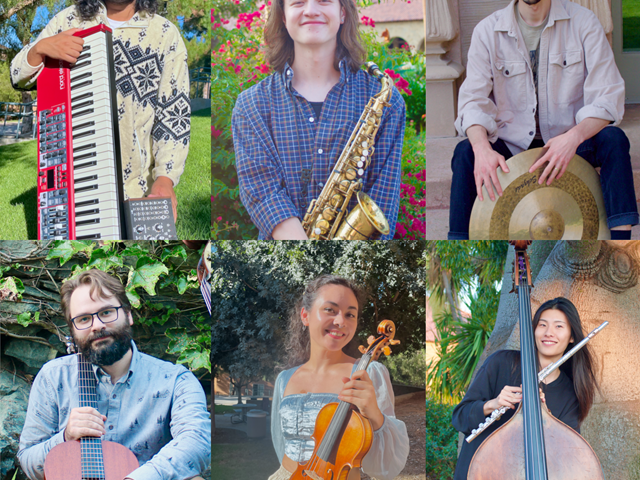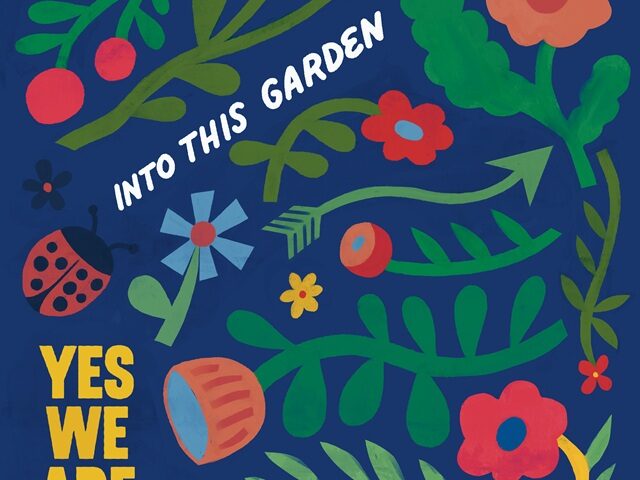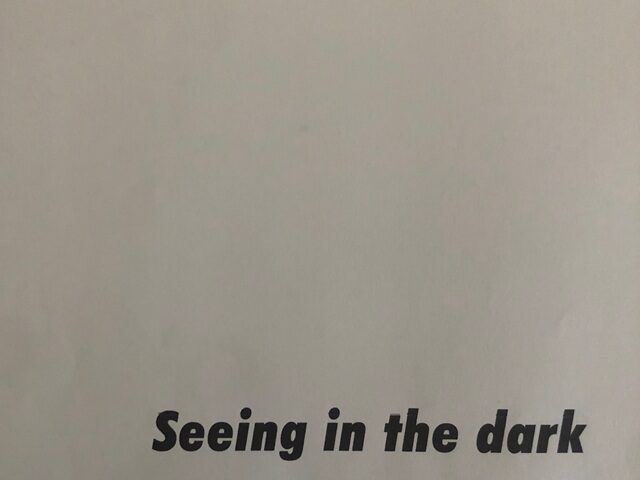Going viral doesn’t pay rent. That’s something every independent musician figures out fast. Getting your songs in front of the right people takes more than uploading them and hoping the algorithm does the rest.
In 2025, social media isn’t just a marketing tool. It’s the front door to everything—gigs, fans, playlist adds, and even label deals. But with so much noise out there, most indie artists feel stuck.
They’re not sure what to post, where to focus, or how to build something that lasts. That’s where smart strategy kicks in. No fake hacks. Just consistent, real ways to grow.
Short-Form Video Is Still King
Every serious artist is using short-form video. TikTok, Instagram Reels, and YouTube Shorts aren’t going away. They’re the top spots for discovery, especially for music. But just posting a clip of a song isn’t enough. Independent musicians need to make people care within the first three seconds.
This means showing the story behind a track, looping a catchy chorus, or filming a raw vocal take. One video can hit 100K views, but only if it feels authentic. Some artists grow fast by filming in their bedrooms, others on the street or in the studio.
The point isn’t production—it’s connection. Indie musicians should post on TikTok at least three times a week. Reposting that content to other platforms keeps it moving.
And if one format hits—stick with it. There’s no need to reinvent it every week. Keep the sound clear, use good lighting, and make the first second count.
Content Calendars Keep You Consistent
Winging it doesn’t work. Independent artists need a content rhythm. A good content calendar doesn’t mean being robotic.
It just helps you avoid vanishing between releases. Musicians should mix value and promotion. Show a new riff, then promote your next single. Talk about a song you love, then ask fans to vote on your next drop. The 80/20 rule works well here: 80% non-promotional content, 20% promo.
That balance keeps fans from tuning out. Use a tool like Notion or Later to schedule posts in advance. That way, artists can focus more on music and less on what to post next. Planning doesn’t kill creativity—it protects it.
One tip: batch film content once a week. Set up the phone, hit record, and get 5–10 clips. Then spread those out over time. Staying consistent builds trust. And trust leads to growth.
Real Engagement Beats Follower Count
Numbers look good, but they don’t fill venues. What matters is who talks back. Musicians should reply to every comment, especially early on. Fans remember that. It’s how they go from listener to supporter. Instead of posting and leaving, stick around. Ask questions. Use Instagram polls or TikTok Q&As.
Run a quick giveaway for those who engage—maybe a signed lyric sheet or a private Zoom Q&A. These small touches build community fast. Indie artists should also spotlight their fans. Repost their videos, say thanks in comments, or shout out the most active ones. When fans feel seen, they stick around.
That’s the real secret. Social media isn’t just a broadcast channel. It’s a loop. Talk to people, not at them. It takes time, but it’s how careers are built. Artists who do this grow slow but steady—and that’s the kind of growth that lasts.
Collaboration Builds Faster Than Solo Posting
Musicians don’t need millions of followers to grow. They need the right connections. Collaborating with other creators brings new eyes, new sounds, and new fans.
A duet on TikTok, a joint live session on Instagram, or even just tagging each other can create momentum. Look for micro-creators in the same genre.
Don’t chase big names—focus on those who actually respond. Use platforms like SubmitHub, Groover, or even Reddit threads to connect. The magic happens when both sides care. And when it’s real, audiences feel it.
One clip from a collab can do more than ten solo posts. Don’t fake it, though. Audiences know. Keep it genuine, and keep it aligned. Make sure the person shares your energy, vibe, and audience type. When it works, both sides win. And the growth multiplies.
Follow the Data—Not the Vibe
Guessing doesn’t help. Artists need to check what’s actually working. TikTok views, Instagram saves, comment counts—these tell the real story. It’s not always the flashy content that hits. Sometimes a low-fi acoustic clip outperforms a full video shoot. Check insights weekly. Look at watch time, shares, and saves.
Those mean more than likes. If a format works, repeat it. If something flops, don’t sweat it. Just move on. The best content strategies aren’t about perfection. They’re about learning fast and posting often. Use the data, but don’t let it paralyze you.
Aim to improve, not obsess. Growth happens when artists treat social media like a stage—one they perform on regularly, not just when it feels good.
Promote Without Begging
Nobody wants to hear “Stream my song” ten times a week. Promotion should feel like a conversation, not a sales pitch. Use pinned posts wisely. Add a Linktree or Beacons page so fans can explore more. Pin a video that showcases your best sound. Mention your latest release in stories, not every single post.
Use every channel smartly. Stories can tease, captions can direct, bios can convert. Try building an email list from your social traffic—Bandcamp or ConvertKit make this easy. This gives you something no algorithm can take.
When promoting, always ask: would I click this if I didn’t know me? If the answer’s no, rework it. Respect the audience’s time, and they’ll respect your grind.
Use Tools That Save You Time
Musicians don’t need to spend all day on content. They just need better tools. Canva helps design fast. ChatGPT can help write captions.
Epidemic Sound gives clean background music for reels. Scheduling tools like Buffer or Metricool keep things on track. Content batching means less stress. Film, post, rest. AI is useful—but don’t let it speak for you.
Use it to get started, then make it your own. Tech should serve the music, not the other way around. Tools help artists spend more time on their craft. And that’s what fans come for in the first place.





